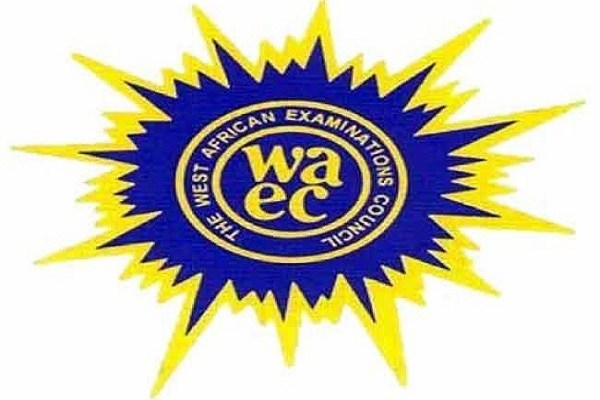Waec

(PRACTICAL+PHYSICAL-GEOGRAPHY-ANSWERS
(1a&1b)

(i) River Nyamsu flows south-west to north-east.
(ii) The ridge at the south-eastern part of the mapped area is called Nyambene hill
(iii) Jimisokakraba settlement is located at the south-western part of the mapped area.
(1c)
(i) Linear Ridge: It extends in a line from the southwest to the northeast.
(ii) Elevation Change: Indicates significant elevation changes.
(iii) Natural Barrier: Acts as a barrier influencing rivers and settlement locations.
(1d)
(i) Route Alignment: Roads follow valleys and avoid steep slopes.
(ii) Settlement Proximity: Settlements are in flatter areas for easier access.
(iii) Bridges and Passes: Roads cross rivers at narrow points and avoid high ridges, using lower elevation gaps.
SECTION II ANSWER ONLY THREE(3)
(4a)
An igneous rock is a type of rock that is formed from the cooling and solidification of magma or lava. It can be either intrusive (formed below the Earth’s surface) or extrusive (formed above the Earth’s surface).
(4b)
(i)They have a crystalline structure
(ii)They are rich in minerals
(iii)They can have a glassy appearance (in the case of extrusive rocks)
(4c)
(i)They are a source of valuable minerals such as copper, gold, and silver
(ii)They are used as building materials (e.g., granite, basalt)
(iii)They are used as a source of energy (e.g., geothermal power)
(iv)They are used in the manufacture of cement and concrete
(v)They are a source of rare earth elements (e.g., neodymium, dysprosium)
(5a)
(i)Soluble rocks (e.g., limestone, dolomite) that can be dissolved by water
(ii)High rainfall and runoff
(iii)Presence of fractures and joints in the rock
(5b)
A sinkhole is a depression in the ground that forms when a layer of rock or soil is dissolved or collapses.
-Characteristics of sinkholes include:
(i)They can be sudden or gradual in formation
(ii)They can be small or large in size
(iii)They often have steep sides and a flat bottom
-Mode of formation:
(i)Dissolution of rock by groundwater
(ii)Collapse of a cave or underground void
(iii)Subsidence due to mining or other human activities
(7a)
(i)Meanders
(ii)Oxbow lakes
(iii)Floodplains
(7b)
A pothole is a circular or oval-shaped hole in the bed of a river, formed by the grinding action of sand and pebbles.
-Characteristics of potholes include:
(i)They can be deep and narrow
(ii)They often have a smooth, polished surface
(iii)They can be found in areas of fast-flowing water
-Mode of formation:
(i)Erosion by sand and pebbles
(ii)Whirlpools and eddies in the water
(8a)
Atmospheric resources refer to the natural resources that are found in the Earth’s atmosphere, including air, water vapour, and gases such as oxygen and nitrogen.
(8b)
(i)They are essential for human and animal life
(ii)They influence the Earth’s climate and weather patterns
(iii)They are used in industrial processes and energy production
(8c)
(i)Burning of fossil fuels, leading to air pollution and climate change
(ii)Deforestation and land use changes, leading to loss of oxygen and increased greenhouse gases
(iii)Industrial processes, leading to release of pollutants and toxic gases.
RECOMMENDED TOPICS
- JAMB 2025 UTME/DE registration document – step-by-step on how to apply for UTME and DE

- JAMB postpones 2025 UTME Registration to February 3rd

- JAMB Officially Announces 2025 UTME Registration, Exam, Mock Dates, Cost and Important Details

- The official reading novel for Jamb 2025 is Lekki Headmaster

- Subjects for Computer Science in JAMB for Guaranteed Success


